17 Beautiful Places to Visit in South West England for a Unique Getaway
This website uses affiliate links which may earn a commission at no additional cost to you. As an Amazon Associate I earn from qualifying purchases.
Updated: 22nd January 2024
Sponsored
From Cornwall’s surf-friendly shores and the Jurassic Coast’s fossil-heavy beaches to The Cotswolds’ sandstone villages and Devon’s rugged moorlands, the best places to visit in South West England stretch from the untamed countryside to the shimmering coast.
Still, it’s not all lapping waves and wild trails; the region has its fair share of cultural attractions and urban centres spread across the seven counties which constitute South West England. Major cities and towns include Bath, Bournemouth (my hometown), Plymouth, Cheltenham, and free-spirited Bristol, but there are also plenty of smaller, beautiful and slightly more unusual places to stay too.
Of course, some of these destinations could be fab day trips from London, but most are better explored on a UK staycation. My advice for exploring this part of the country is to string some landmarks and locales together into a road or rail trip, staying in some unique hideaways en route. Here are my picks of the best places to visit in South West England.
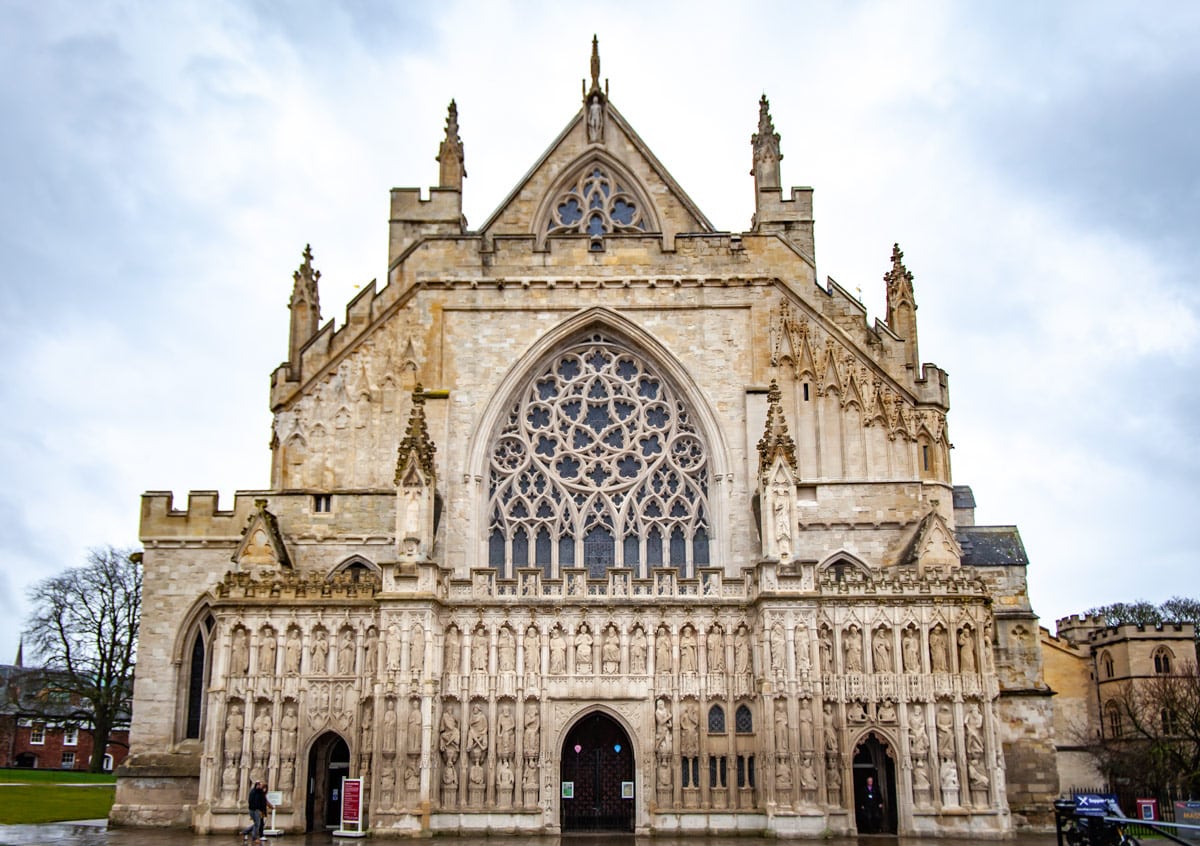
Exeter, Devon
Exeter is Devon’s county town (the regional capital), a cathedral city, and also a UNESCO City of Literature – it’s also on the best places to visit in England by train. It’s a delightful combination of crooked timber buildings and grand Gothic architecture in its Old Core, with shaded walks and traditional pubs along the city-splitting River Exe.
Founded by the Romans more than 2000 years ago – some of the city walls are still visible – the storied streets are dotted with historic landmarks. Highlights include the 15th-century Guildhall (visitable on a guided tour), the underground medieval passages, and the much-celebrated Royal Albert Memorial Museum.
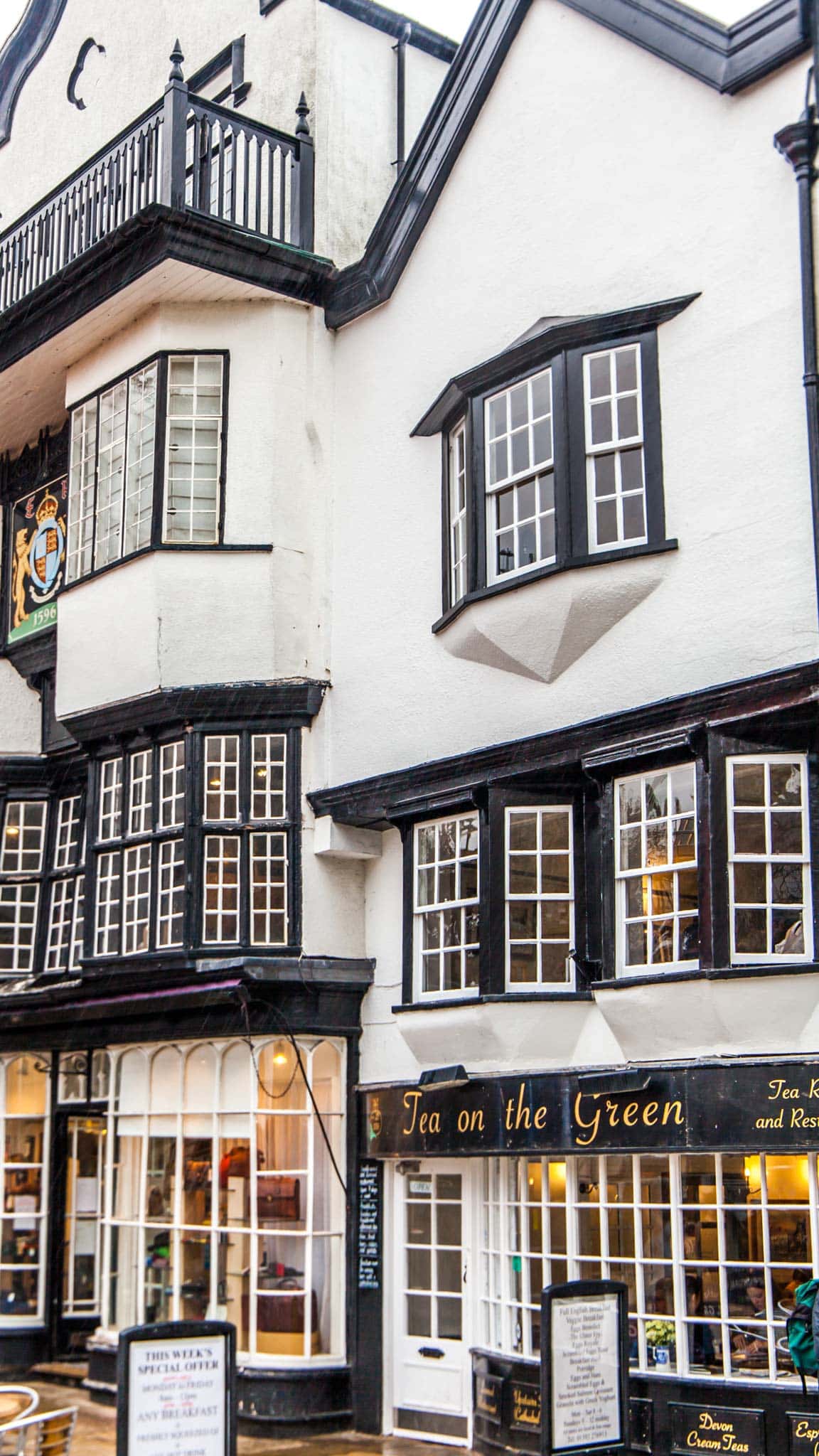

The city’s cultural crown, however, is the grand Gothic cathedral. Constructed in the 13th century, this is one of the stand-out places to visit in South West England. Outside, numerous carved statues decorate the facade, while the interior, with its vaulted ceilings and splendid stained-glass windows, is equally magnificent.
With plenty of decent pubs (The Fat Pig and Mill on the Exe are great, plus The Imperial for the converted architecture), restaurants (check out Cosy Club) and choices of B&Bs, Exeter is not only one of the best days out in Devon, but also a great base to explore the region.
Castle Combe & The Cotswolds, Wiltshire
Many of my family live in Wiltshire, home to part of the Cotswolds Area of Natural Beauty, so I’ve been very lucky to have enjoyed plenty of visits to this beautiful region. And yes, it more than lives up to its name.
This quintessentially English landscape – think quaint sandstone villages, rolling emerald woodlands, and a patchwork of farming pastures – is extensive, stretching across six counties. Yet, in the Wiltshire part, there is one village that seems to attract the most attention: Castle Combe.
It’s actually pretty diminutive – less than 400 people call the village home – and has no significant attractions to boast. But with a small tributary of Avon River running through it and picturesque cottages, it’s garnered plenty of Instagram attention.
Don’t let that deter you from visiting, as there are more than 750 square miles of The Cotswolds – and plenty more villages – to get lost amongst. Ramble on woodland trails, slip into rural pubs for pies and pints, and fall in love with South West England. This is the best of the British countryside.
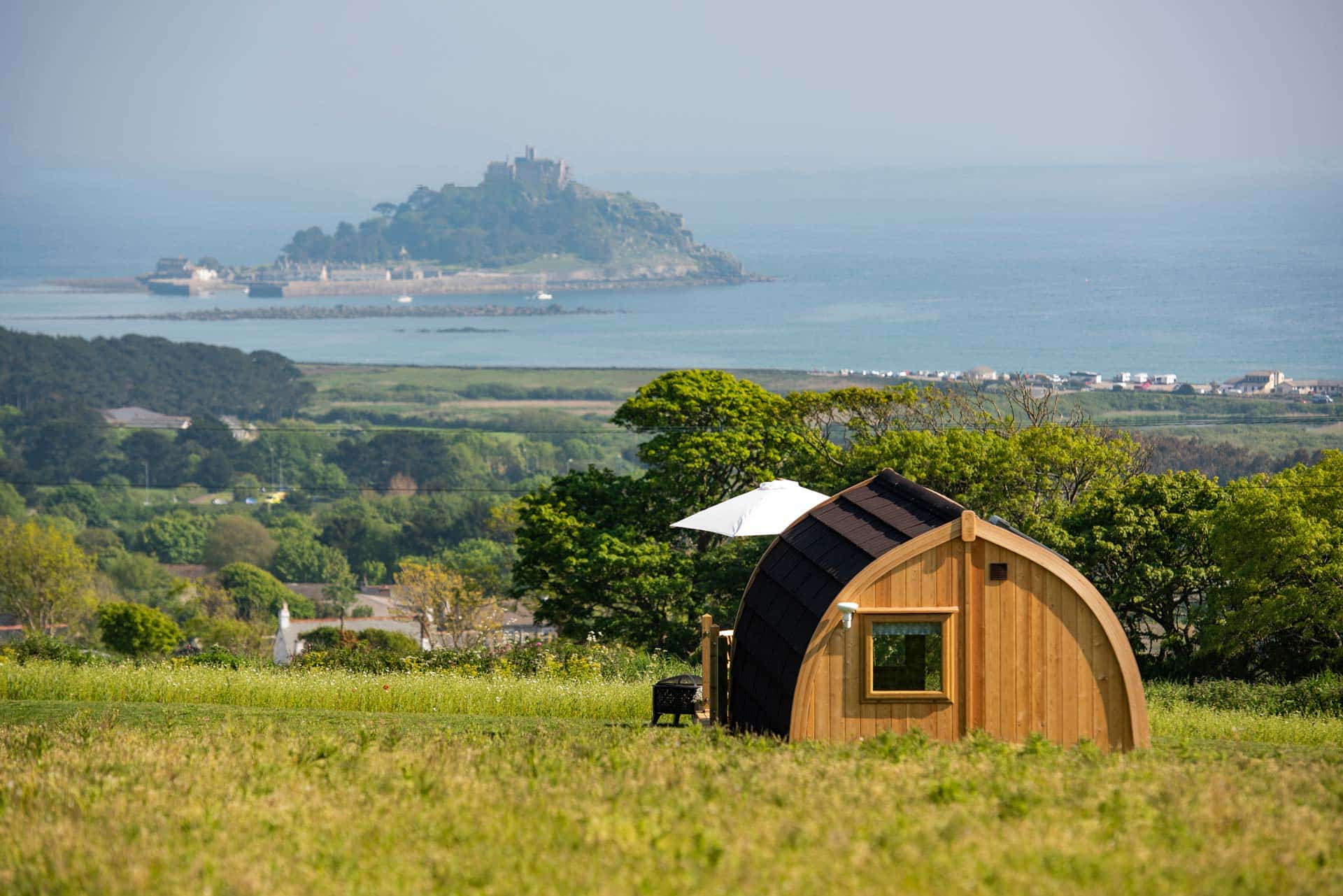
St Michael’s Mount, Cornwall
With so many incredible places to visit in Cornwall, I could pack this article out with just those suggestions alone. Instead, I’ve picked two of the region’s most famous landmarks, starting with St Michael’s Mount.
Like France’s Mont St Michel, this tidal island in South West England was founded as a pilgrimage site with a Benedictine church. Later, it became a fortress, then a stately home, before becoming today’s famous tourist attraction.
Accessed from the town of Marazion by a brick causeway, you can cross from the mainland to the island on foot. On arrival, you can tour the storied castle – still a family home – and the terraced gardens before visiting the 14th-century church.
If you’re looking for one of the more unusual places to stay in South West England, you can’t go wrong with this luxury camping pod, complete with privileged hot tub views across the mount and surrounding landscapes. You’ll also be well placed to enjoy one of my favourite trails in the area, the mighty Perranuthnoe to Porthleven coastal walk.
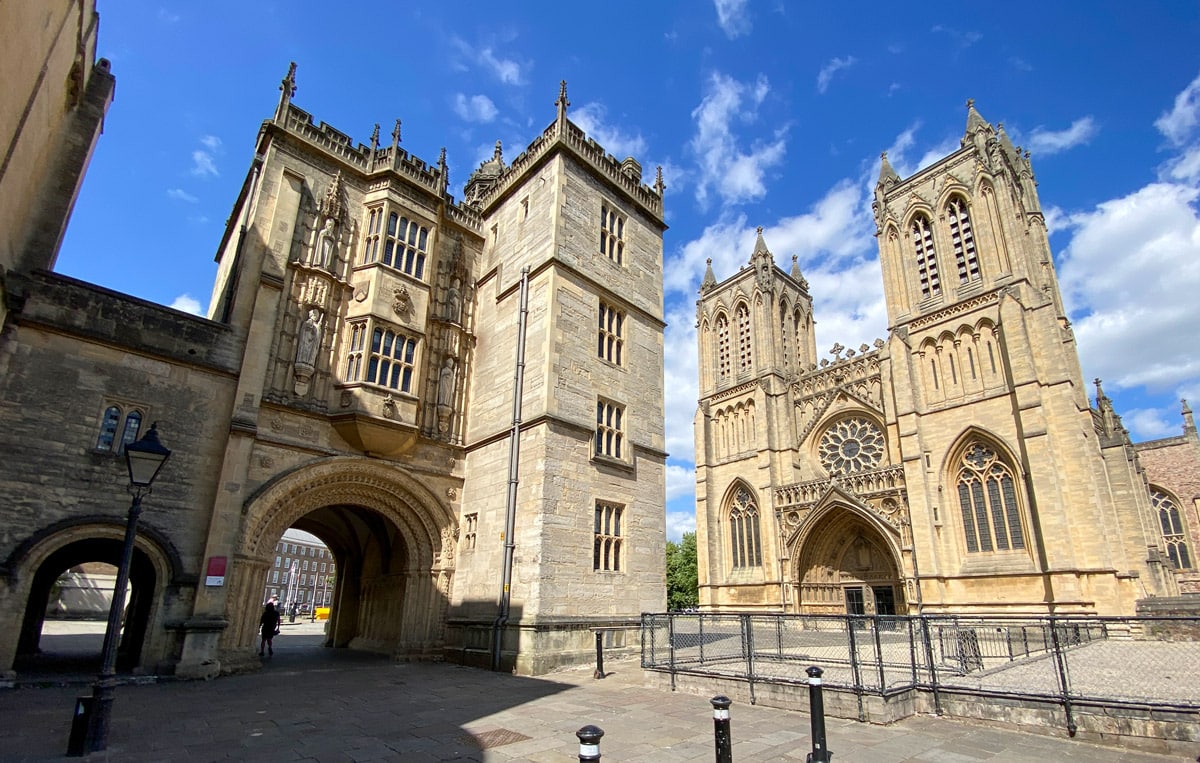
Bristol
Bath might have grandeur, and Bournemouth the beach, but Bristol is arguably the best city to visit in South West England. It’s got its fair share of historical buildings, the ruins of St Peter’s Church or the mighty Bristol Cathedral, to appreciate. Yet it also oozes with a youthful, student-heavy soul and plenty of creativity.
Street art is rife in Bristol – unsurprising given this is Banksy’s hometown. Touring the city’s lanes and corners will take you on a tour of humoured, thought-provoking and sometimes just bizarre murals and stencil art. It’s not just outside, though; there are plenty of first-class museums and galleries to explore, with the hulking Bristol Museum – packed with classic masters and contemporary pieces inside its grand Edwardian exterior – leading the pack. We Are The Curious, an interactive space, is also well worth a visit.
Bristol also brags plenty of green spaces and riverside hangouts along the River Avon. Hop on a boat trip and sail out to see the Clifton Suspension Bridge, or take a hot air balloon (the city has an annual festival in August) for a bird’s eye perspective.
Comedy clubs, cracking nightlife, a decent LGBTQ+ scene, and top-notch theatre performances make this a city break that will keep you entertained well into the early hours. Free-spirited and ever-changing, there’s a reason Bristol often tops the list of places to visit in the South West.
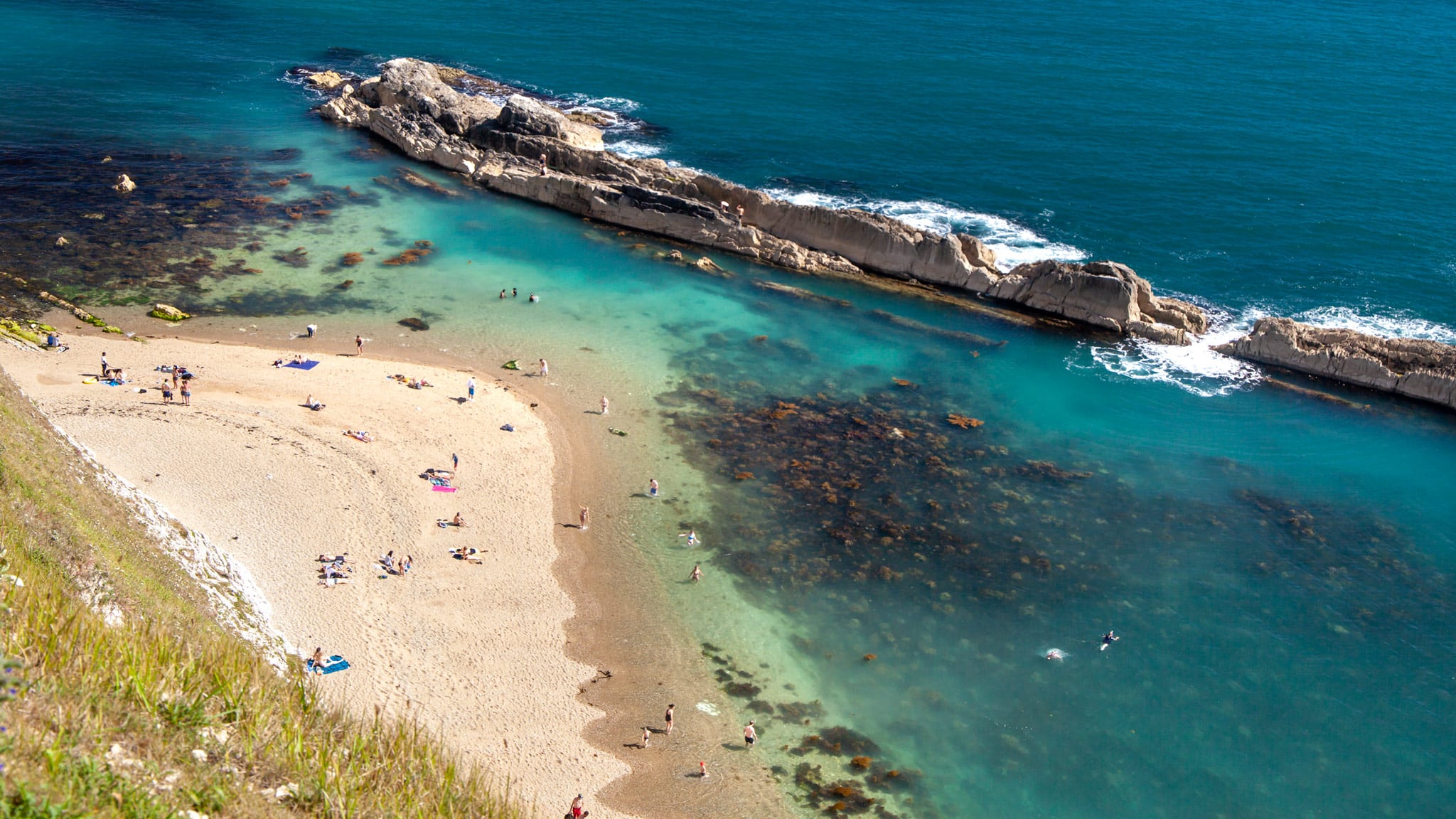
Lulworth, Dorset (Jurassic Coast)
For the next incredible three spots to visit in South West England, we’re heading to England’s only natural UNESCO World Heritage Site, the Jurassic Coast.
While beautiful Bournemouth and its magnificent beach deserve mention as a good starting point for a road trip along Devon & Dorset’s Jurassic Coast, the real magic is found in the coves, bays and fossil-infused rock formations which this nearly 100-mile long stretch of shore is famed for.
What makes it so unique is the history held within the cliff faces and sometimes even on the sands. Fossils dating back some 185 million years – including the Jurassic and Cretaceous periods – have and are still being discovered here, making this European beach destination as fascinating as it is fetching. On some beaches, you might even discover Ammonites and Belemnites yourself.
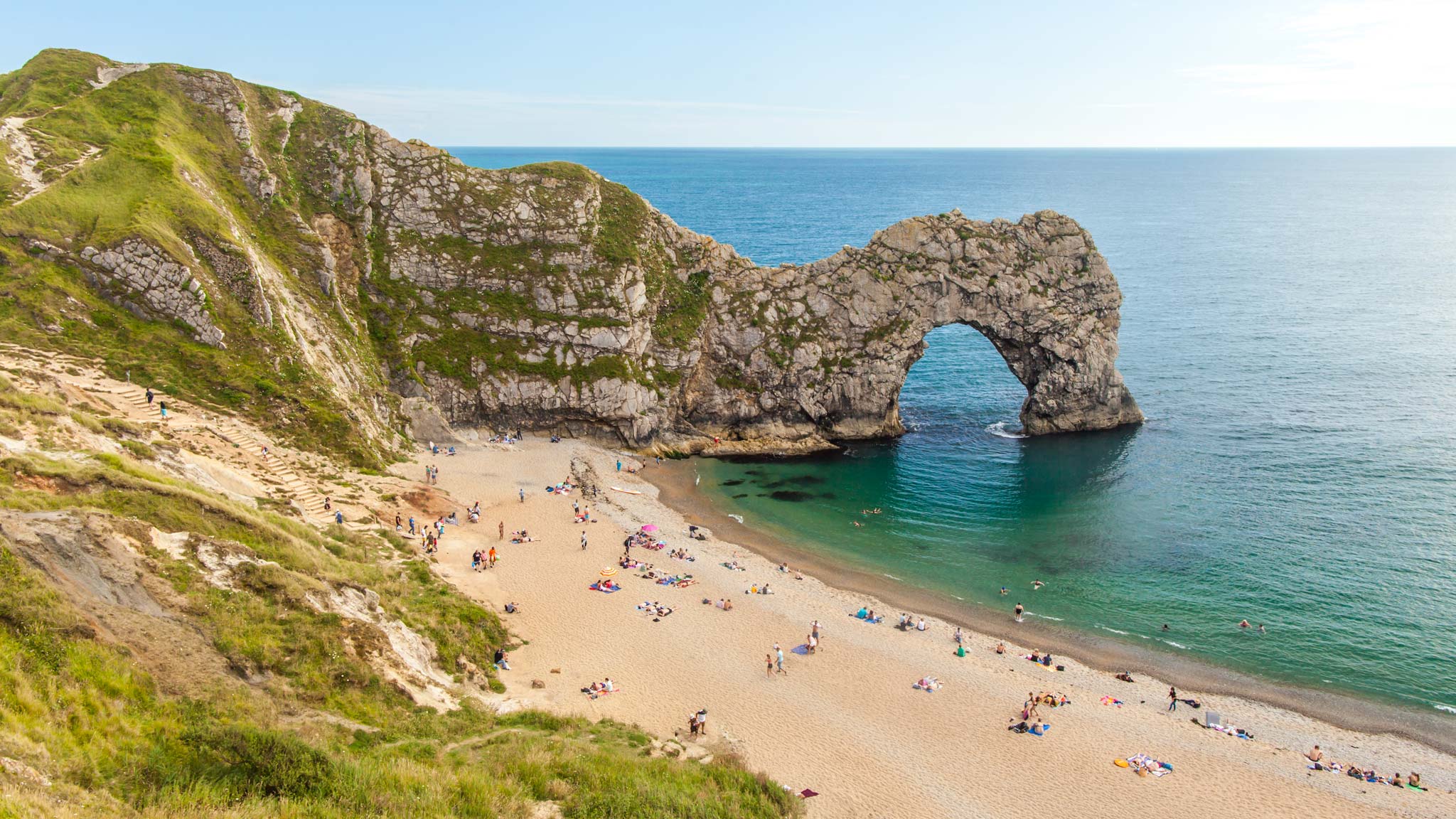
Lulworth Cove is one of the most picturesque villages to head to for an introduction to the area. With traditional pubs clad in stone, ice-cream vans, and a near-perfect pebble bay, Lulworth is seaside holidays personified.
From here, it’s around a one-mile walk along the trail to two of the Jurassic Coast’s most famous spots. Durdle Door, an impressive limestone arch that climbs into the sea, is the prominent landmark, while Man O’War beach is one of the region’s most dazzling.
Far from being one of the more unusual places to visit in South West England, these two locations become very crowded in the summer months. That’s why it’s one of my favourite places to visit in Europe in April, as the wildflowers arrive before the crowds, meaning it’s beautiful for rambling. Of course, if you want beach weather, you’ll need to opt for sunnier summer months.
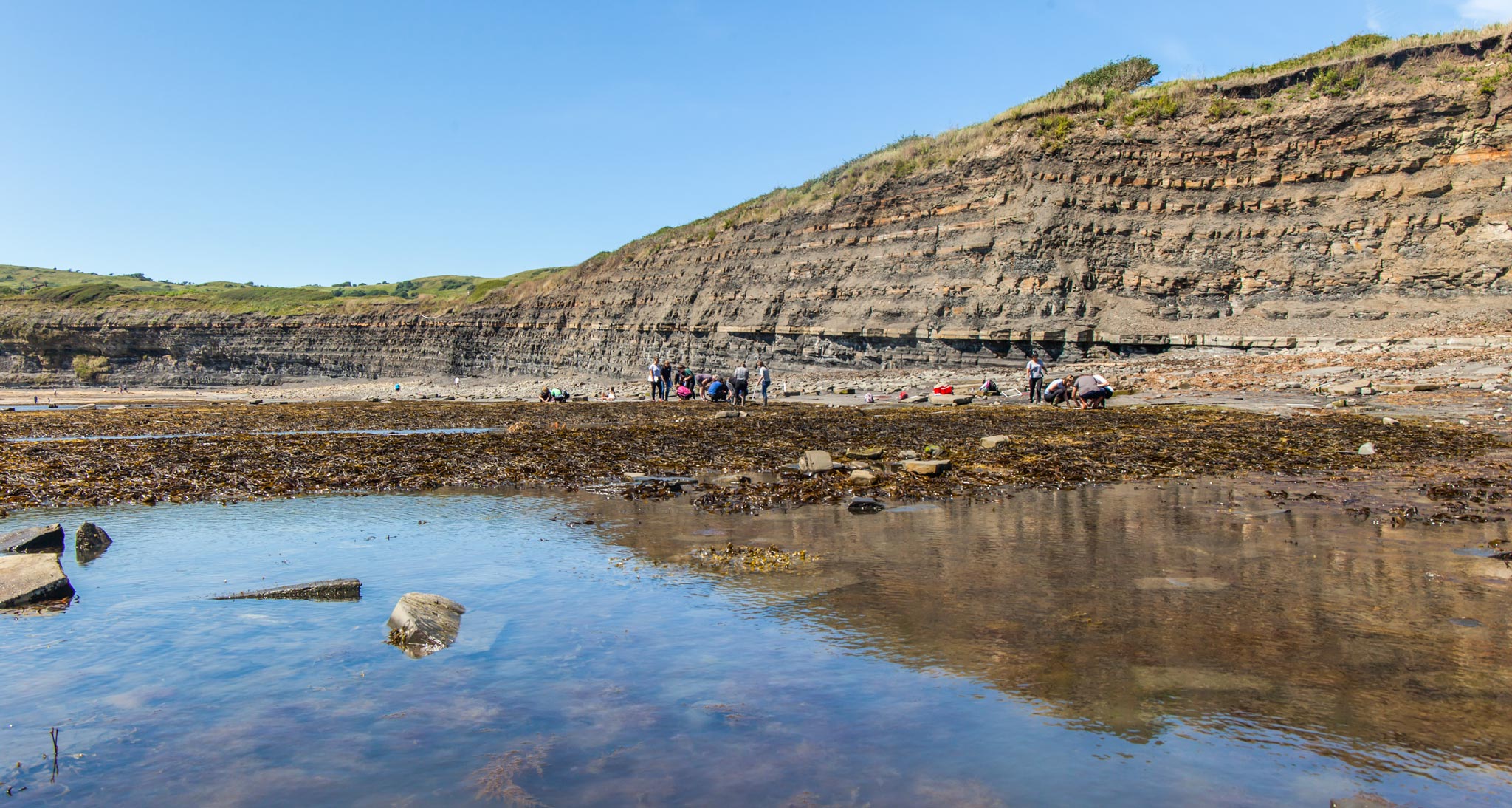
Chapman’s Pool Beach & Kimmeridge Bay, Dorset (Jurassic Coast)
These are two of my favourite places on the whole Jurassic Coast, and whenever I return, I can’t help but smile at childhood memories. The first, Chapman’s Pool Beach, close to the town of Swanage, is one of the wilder and more secluded swimming spots in South West England. This means no lifeguards and a step narrow access path, but if you don’t mind, you’ll be rewarded once you reach the waters.
The second, Kimmeridge Bay, is on the Isle of Purbeck, which is more of a peninsula than an island. Sadly, like Durdle Door, it’s located on private land, so there is a charge to enter and park on the lane. This does mean that it gets fewer visitors than some of the other public beaches, and if you schedule a visit at low tide, the chances of finding a fossil here are more likely than on the busier bays.
The Etches Collection museum nearby houses some of the more significant and more impressive fossil findings from the bay. While it’s certainly interesting, you’ll want to factor in the £9 entrance fee and consider if you’d prefer to go to the more extensive and slightly lower-priced museum in Lyme Regis instead.
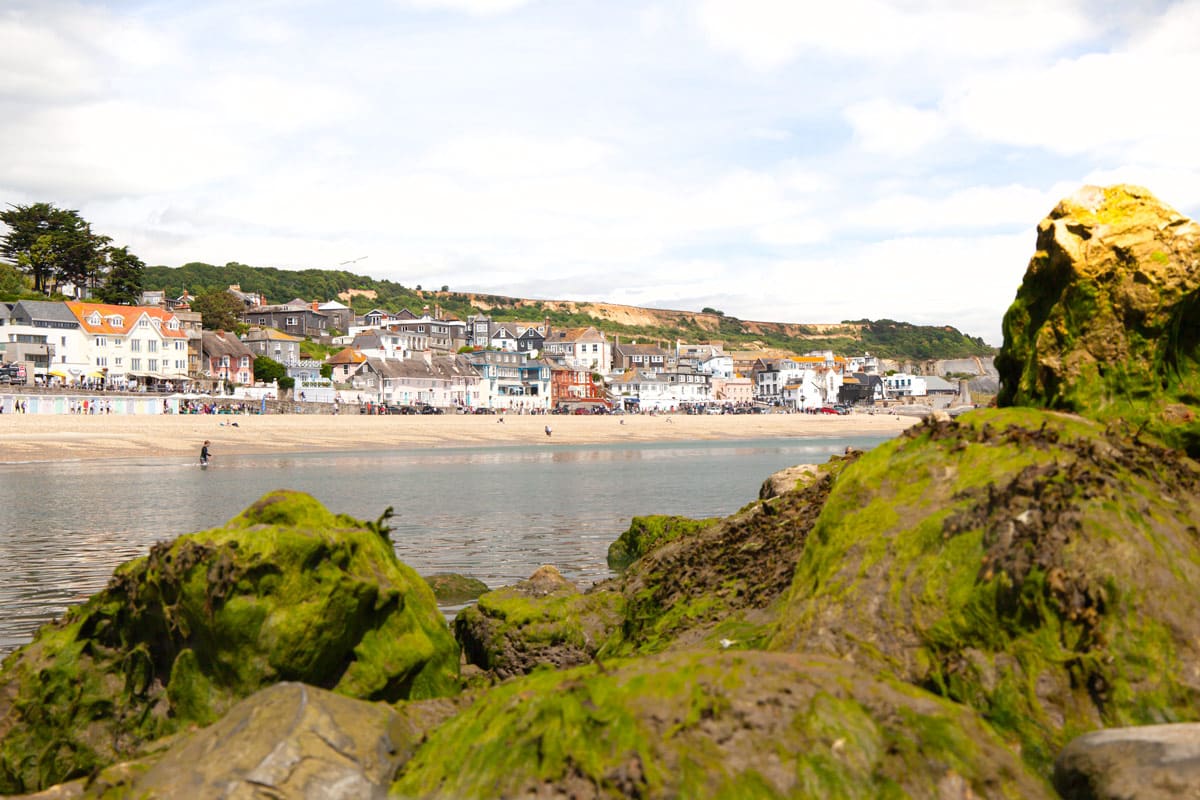
Lyme Regis, Dorset (Jurassic Coast)
Lyme Regis is another popular seaside escape in South West England. At first glance, it might seem like any other beach-facing town, yet, for some reason, this one feels ‘special’.
As with much of the coast, the ancient fossils that give the route its name can often be seen – the famous fossil collector Mary Anning hails from Lyme Regis – and the geology-focused Lyme Regis Museum and impressive fossil collection at Dinosaurland offer further insight.
Lyme Regis is also packed with plenty to do. There are beautiful beaches but also pretty gardens, plenty of pubs, nearby walking trails and an old-school artistic vibe. Every time my school friends’ Whatsapp group comes alive with the chatter of us all returning to Dorset for the summer, we usually set our sights on enjoying a few days away together here, drawn by the fact you can stay at chalets right on the beach.
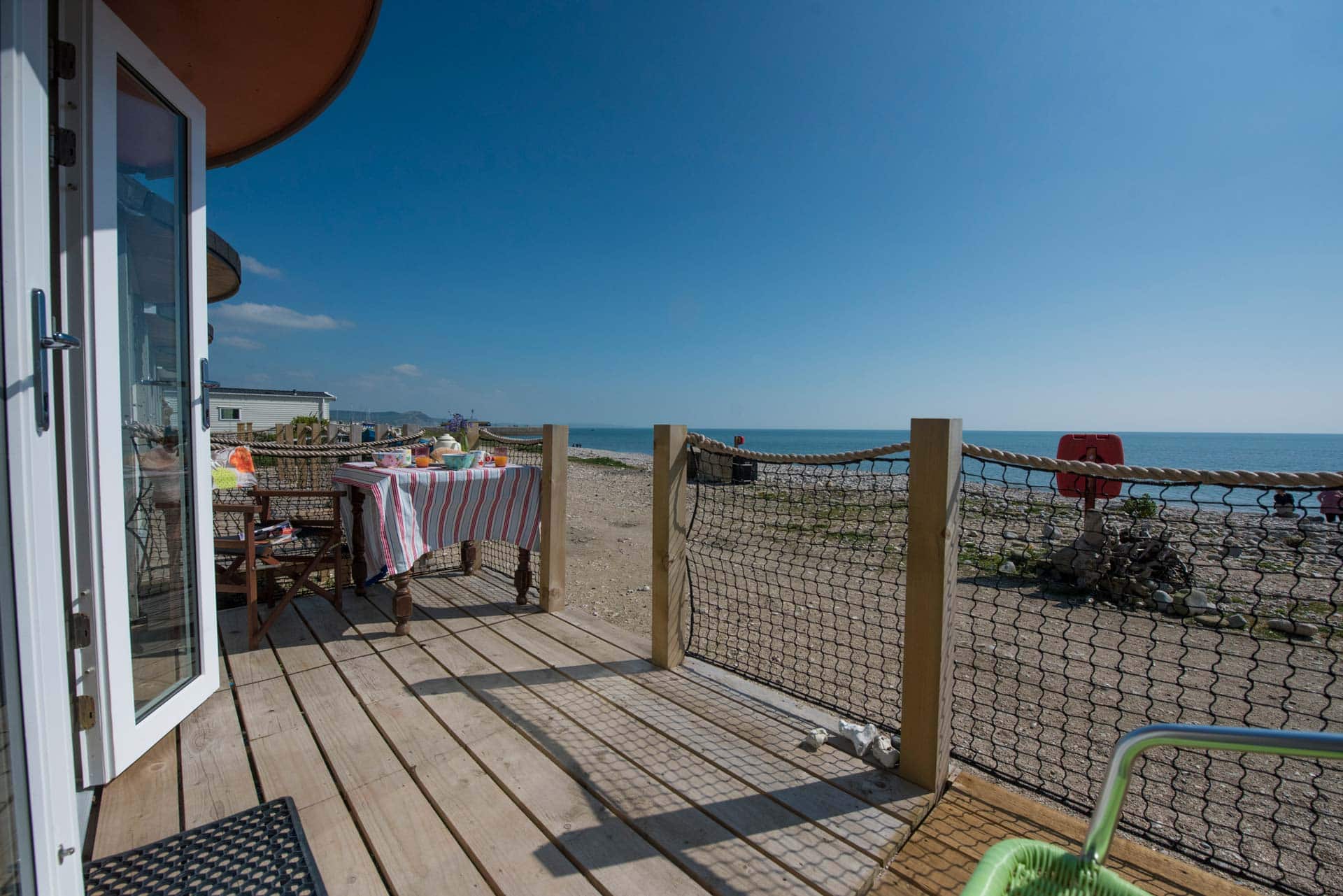
Cheddar Gorge, Somerset
Set in the Mendip Hills of Somerset, this magnificent limestone gorge and cave system is one of the more unusual places to visit in South West England. Whether you just enjoy the dramatic drive through the gorge or stop for a hike, you’ll leave marvelling at Mother Nature.
For those who do stop, you’ll be rewarded with a true adventure playground. Hike up Jacob’s Ladder, a steep set of stairs that will bring you to magnificent views 450 feet above, before embarking on the cliff-top trail. One thing to note is this part is on private land, so you’ll need to buy a ticket to climb the steps and visit Pavey’s Lookout Tower.
Cheddar Gorge is also a very historically significant location, as this is where the oldest human skeleton in Britain – around 10,000 years old – was found. It’s truly a hidden gem in Europe worth making the detour for!
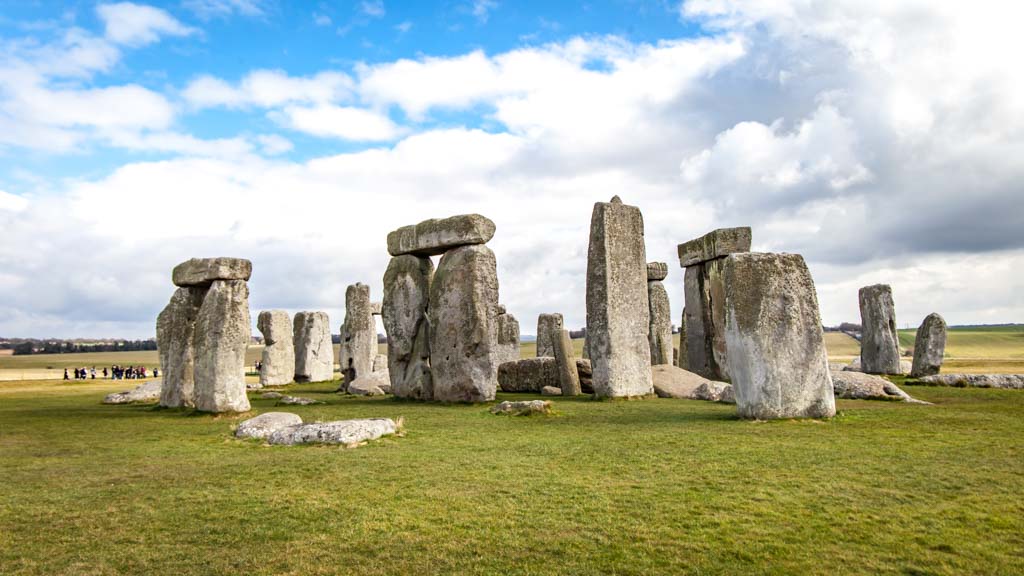
Stonehenge, Wiltshire
Perhaps the most famous place to visit in South West England is the intriguing collection of pre-historic sarsen stones known as Stonehenge. I’m going to warn you, though, that it will cost you around £20 to see them up close, although you can get a free glimpse from further back on the public heritage trail.
Regardless of how you decide to visit, one thing is for sure – this weathered rocky ring of upright sarsen and bluestones is one of our nation’s greatest mysteries. Surrounded by burial mounds and a favourite place to be on the solstice due to the alignment, it’s really rather fascinating. I’ll admit, I was adamant I wasn’t going to pay to enter and just take a look from further away, but in the end, I succumbed, and I’m glad I did.
Another bonus of entering with the National Trust ticket is you can see some mocked-up style ‘homes’ from the time period and visit the education centre to try and grasp an understanding of how these 25-ton stones were placed. Of course, many mysteries remain, and you won’t come away with all the answers. But then again, perhaps we will never know how or why this Neolithic monument was constructed more than 4000 years ago.
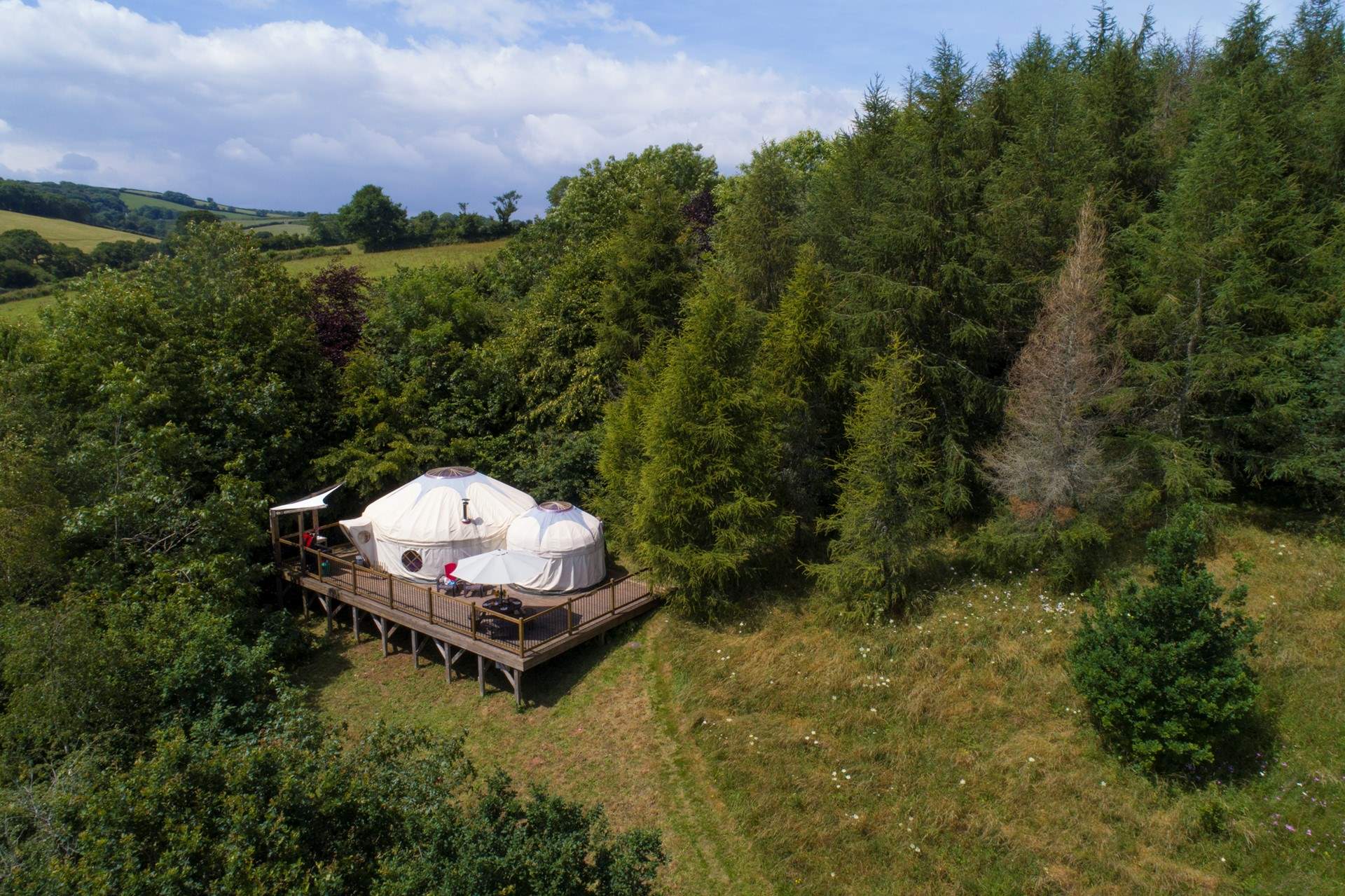
Dartmouth, Devon
Hugging the mouth of the River Dart, the pretty town of Dartmouth is a solid base to pick to explore all South Devon offers – both for the coast and the region’s interior.
This is also a great spot for water sports in South West England, as you can choose from the calmer waters or travel along the coastal path to Compass Cove Beach.
Dartmouth also has a couple of galleries and cultural attractions to visit, such as the small Dartmouth Museum – mainly WWII and maritime-focused – and Bayard’s Cove Fort, which dates from the Tudor period. Outside of the summer season, visitors are also relatively scarce, making the off-season the best time to visit.
Still, even in the peak months, you can still find some reasonably priced accommodation, especially if you look a little inland and consider camping or glamping in a jazzed-up yurt. Being slightly inland will offer easy access to other nearby attractions, such as National Trust properties and the kid-friendly Woodlands Family Theme Park.
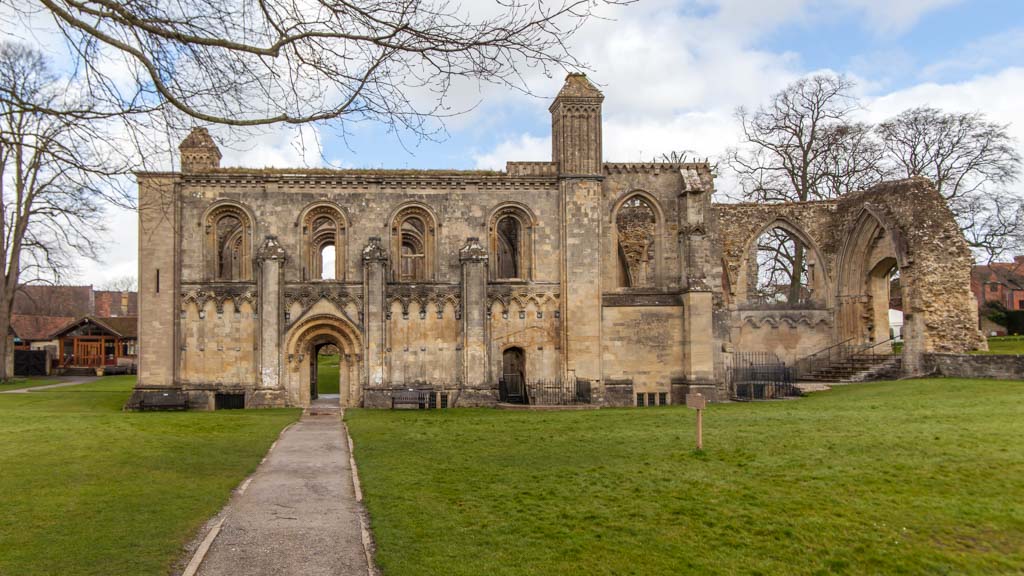
Glastonbury, Somerset
If you’ve heard of Glastonbury before, you’re likely imagining muddy fields, music raves and hippy tents. Yes, this is the home to South West England’s best-known event, Glastonbury Festival.
Yet, when the music isn’t blaring, Glastonbury remains one of the most interesting cultural places to visit in South West England – and is undoubtedly a lot more chilled out outside of June.
Legends and myths linger in the air of this town, and the most prominent relates to King Arthur’s Tomb, which you can find here. The high street itself also feels rather storied and is sometimes compared to Diagon Alley from the Harry Potter books. The cobbled side streets are dotted with herbal and potion stores, jewellery shops, and plenty of vegan and raw food cafes – once you’ve visited it, you’ll see why this ‘awesome 80’s hippy town’ as my parents call it, became host to the festival.
Another popular spot, especially for the views, is Glastonbury Tor. From St Michael’s Tower atop, you’ll have lush, far-reaching vistas across the countryside. There are also the remains of the 8th-century Glastonbury Abbey, which was left in disrepair thanks to Henry VIII’s decision to destroy the Catholic Church.

Dartmoor National Park, Devon
Sadly, Dartmoor was in the news for all the wrong reasons in recent years due to a wild camping ban that was later overturned. But you don’t need to pack your camping gear to enjoy Dartmoor National Park; it’s a cracking day out to explore the best of England.
And boy, what a beautiful part of the country it is. Even on my most recent visit, when the weather did the typical English drizzle-and-grey-skies combo, I was reminded of how special this vast moorland is.
Being a relatively flat national park, Dartmoor is a great place for low-impact hikes without climbs. Throw into the mix some waterfalls, the adorable Dartmoor Ponies, and the odd medieval bridge and neolithic tomb, and you’ve got an exciting mix of sights to enjoy while rambling through the park. It’s certainly a contrast to the cute coastal towns and villages Devon is usually known for.
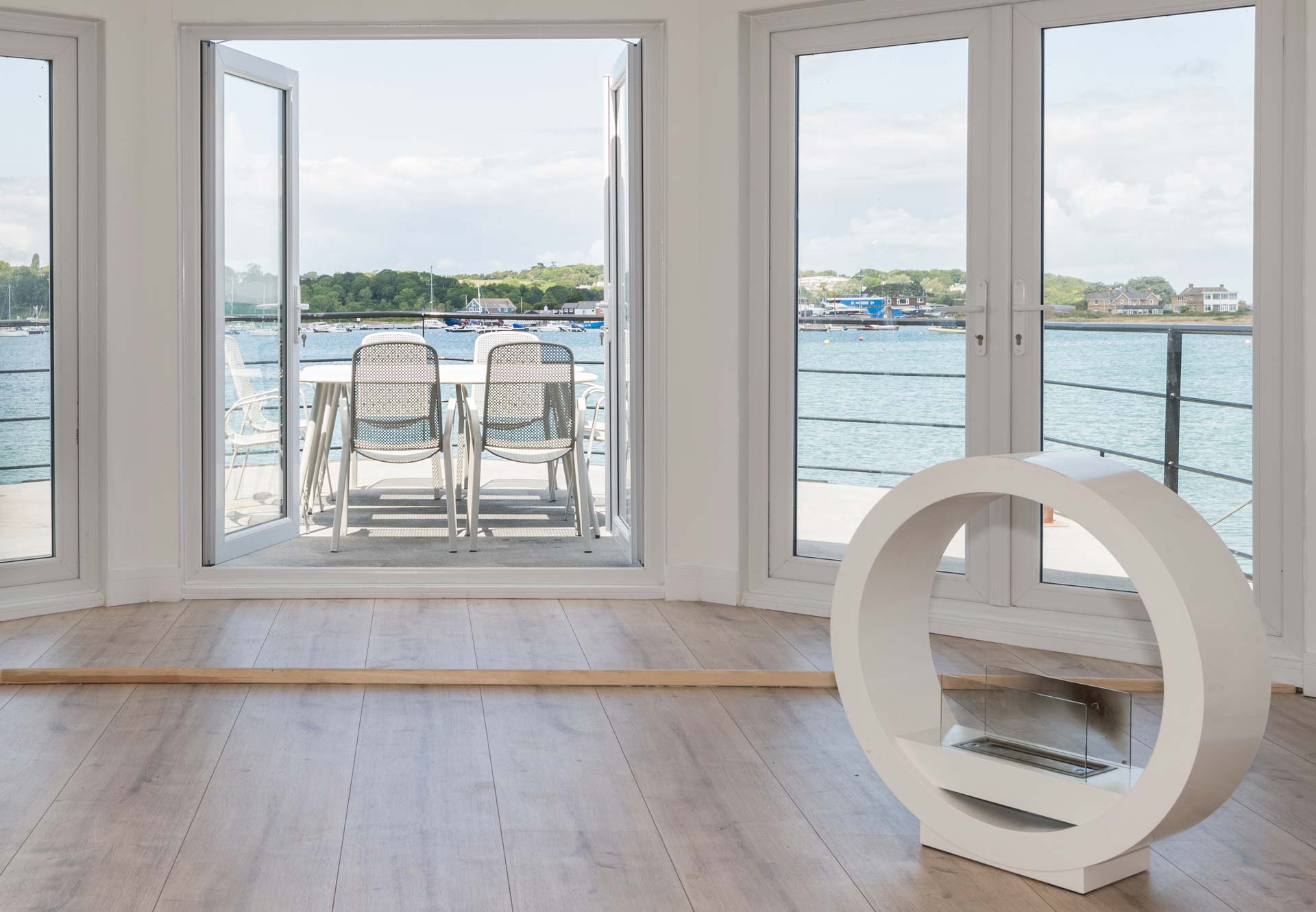
Isle of Wight
While some would consider the Isle of Wight one of South West England’s best days out, I’d suggest spending at least a few nights on the isle to soak up all of its charms. Having circumnavigated the whole island on foot – my best friend and I decided to walk it all for charity when we were 15 as our first foray into backpacking – I can personally confirm every corner of the Isle of Wight promises picturesque panoramas.
Easily accessed by ferry from Southsea, Lymington and Southampton, the short journey across the Solent will whisk you to the island. On arrival, you’ll find a more laid-back air, with vintage-style beach huts, dazzling beaches, and – from the other side of the island – views across the English Channel.
Hire a Kayak to take in The Needles (chalk ridges protruding from the sea), burn through all your coppers at the amusement arcades of Shanklin, and settle in for a night of fantastic stargazing – this is a great place to switch off from the modern world.
Camping, guesthouses, and hotels of all types can be found on the Isle, but to really feel close to the island life, you could stay onboard a yacht or houseboat – certainly one of the more unusual places to stay in South West England. If you plan to visit during The Isle of Wight Festival, be sure to book your accommodation in advance.
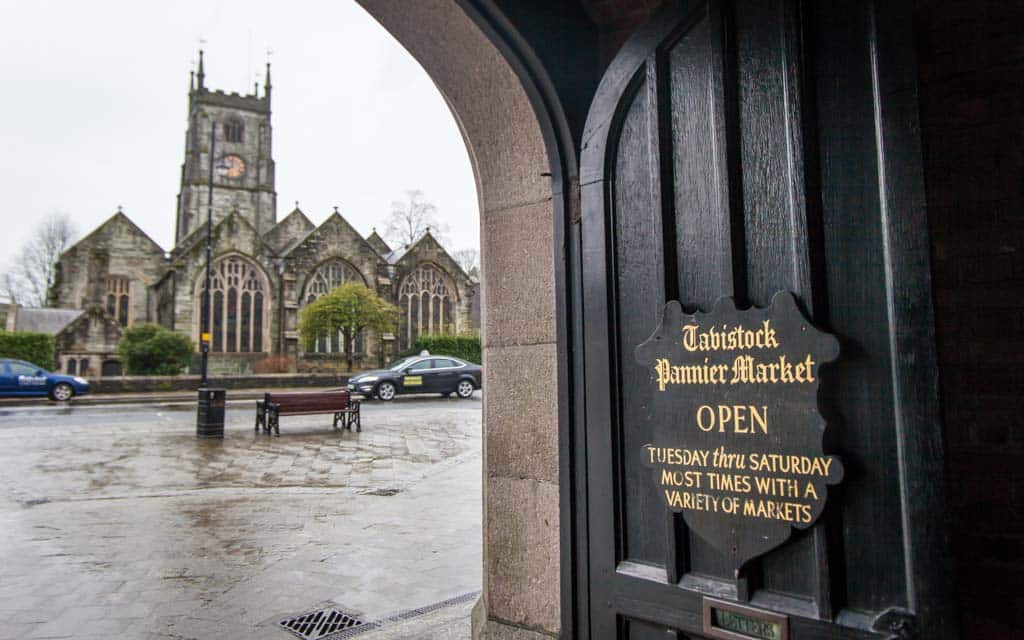
Tavistock, Devon
Tavistock sits on the edge of Dartmoor and makes for a great place to stop for lunch on a day out in South West England. An ancient market town – these trading stalls have been selling their wares and produce here since 1105 – it retains a personality from bygone days.
The market operates from Tuesday until Saturday – Friday being the traditional fruit and veg day – in the Market Square, and it’s a nice place to call in to pick up local crafts and products from small businesses.
Brownsea Island, Dorset
What makes Brownsea Island – a short boat ride from Poole – one of the more unusual places to visit in South West England are the island’s animal residents. Home to one of the biggest communities of protected red squirrels, a small population of peacocks, and even deer, it’s a great alternative day out in Dorset.
As well as land animals, plenty of migratory and local bird species can be spotted. Which species varies depending on the time of year. Puffin sightings aren’t out of the question either, especially if you take a boat trip to try and witness them. You can also opt to camp on the island overnight.
With a limit on visitor numbers during the season, the island is open to the public (around April to October), it never feels too busy, and National Trust members don’t need to pay the fee to visit. Personally, I’d say it’s well worth the approximately £20 ticket, which includes entrance and the ferry, but to be fair, I’ve been obsessed with Brownsea Island since I visited as a kid on a school trip. Even now, having travelled much further afield, it remains one of my favourite islands to visit.
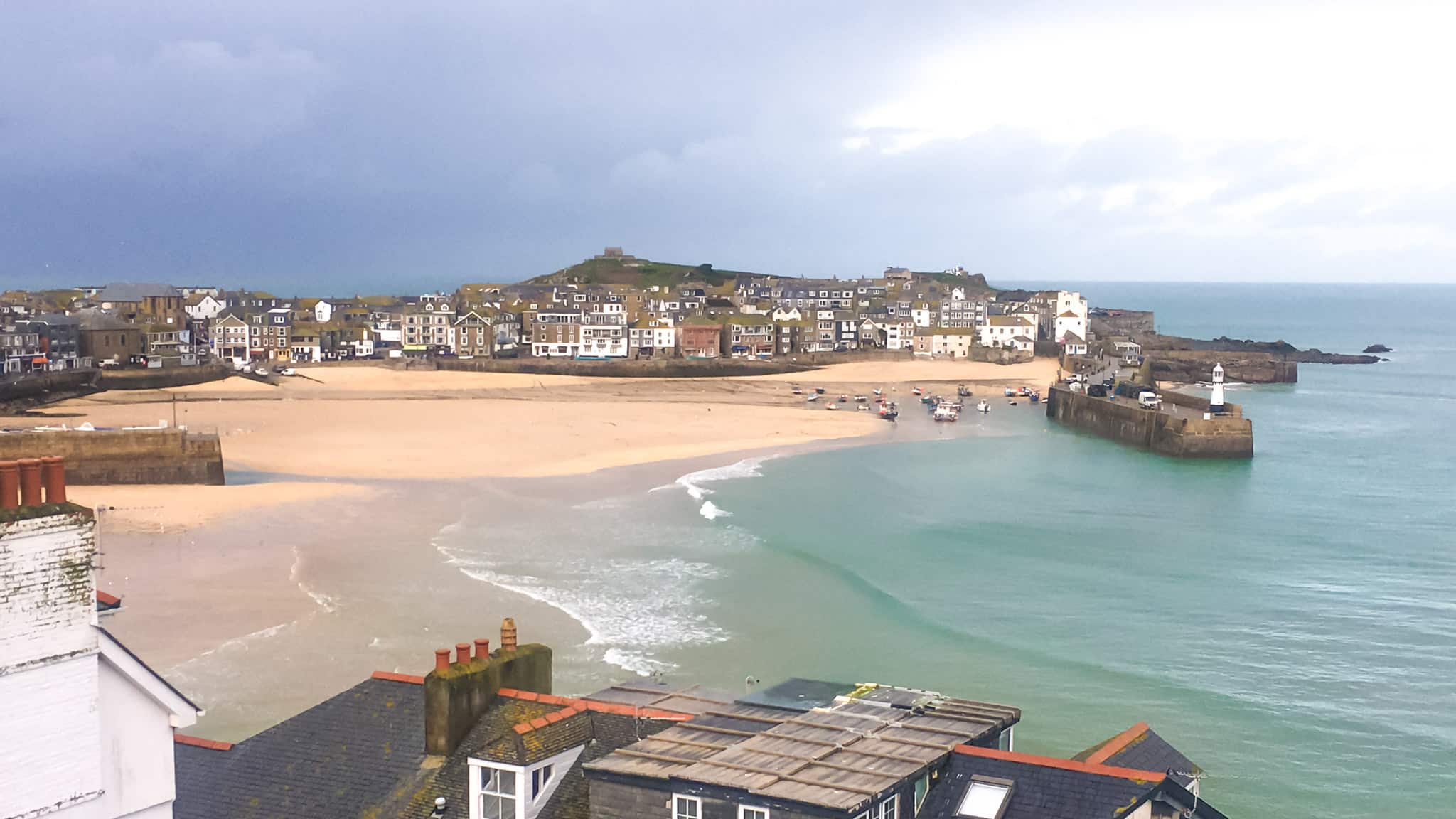
St Ives, Cornwall
For centuries, St Ives has been one of the most popular places to visit in South West England for a UK staycation. The gorgeous and expansive swatches of creamy sands – especially magical at low tide – quaint whitewashed streets and abundance of fresh seafood restaurants are crowd pleasers, making it one of the best places to stay in Cornwall as it has the lot.
It’s also a great base to explore some of the top adventure activities in the UK, such as hikes along the Lizard Peninsula or surfing on Carbis Bay. From St Ives itself, you can take boat trips to spot dolphins or see the Godrevy Lighthouse up close. For a little culture, the impressive modern art collection at The Tate will oblige.
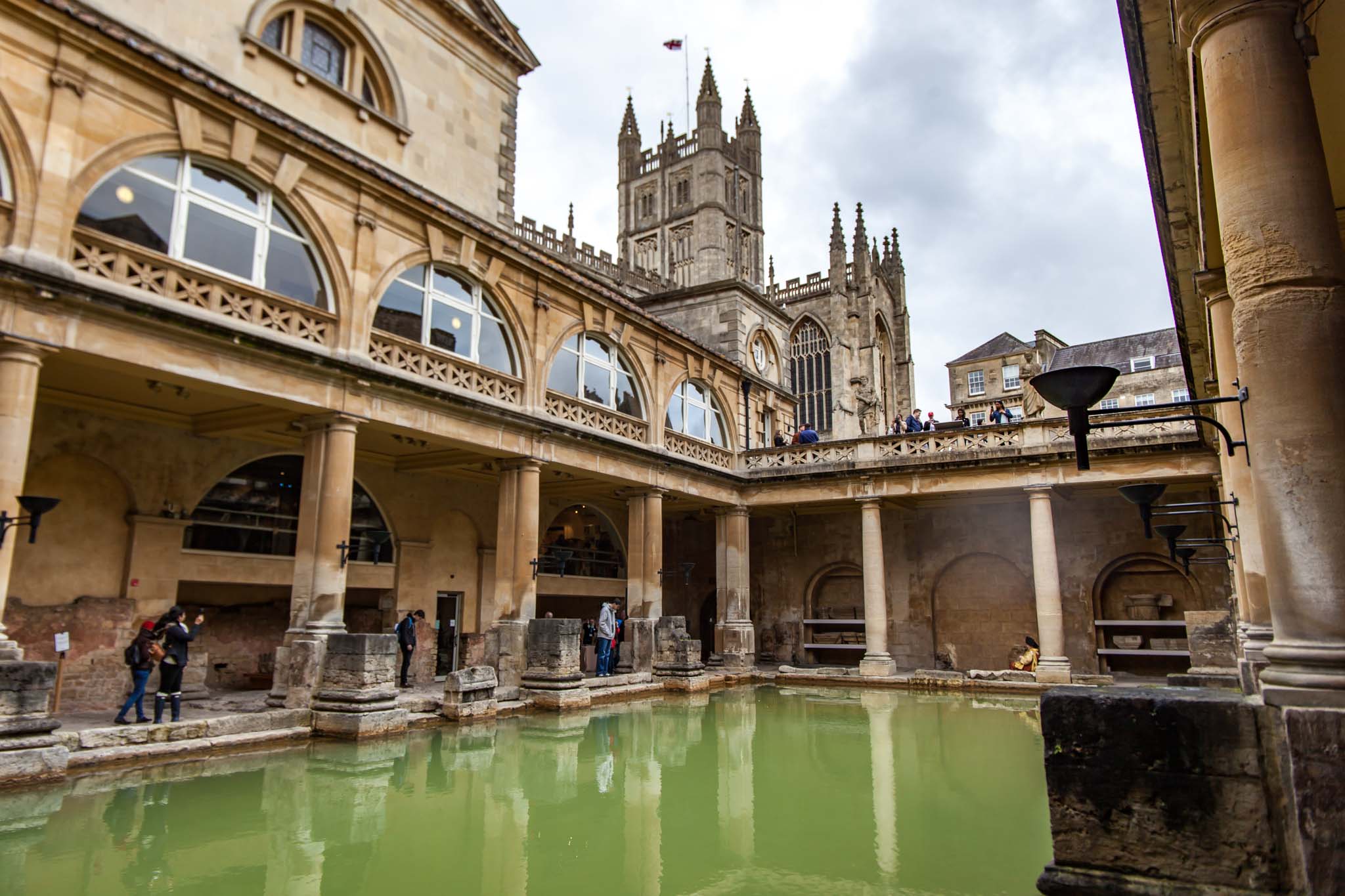
Bath, Somerset
On my first visit to Bath, I instantly fell in love. It has the perfect balance of history and heritage buildings combined with a vibrant, forward-thinking energy. If I ever move back to England from the Algarve, this would undoubtedly be one of the first places I would consider.
I’m clearly not the only person who thinks this way, as Bath is one of the most popular places to visit in South West England. Millions of people have flocked to see the Roman Baths, which gave the city its name.
Now serving as a time capsule and museum, this thermae dates back nearly 2000 years. While it will cost you close to £20 to enter and tour the baths, it’s a fair price when you include the museum and the audio guide, which is very informative.

Bath Abbey, another of South West England’s landmark attractions, is also worth a visit and works on a donation rather than ticketed entry. Soaring fan-vaulted ceilings and towering stained-glass windows make this one of England’s most beautiful buildings, and the (paid) towers provide sweeping views over the city.
Away from the star attractions, the rest of the city is dreamy. Honey-coloured stone buildings, small independent stores, and the River Avon combine to create a postcard-worthy destination. One of my favourite places is the 18th-century Pulteney Bridge, which crosses the river, as it’s one of only a handful of bridges in the world with enclosed shops on either side.
Whether you want to snuggle up in a forest tree house, check into a converted cart, or spend your days wistfully gazing at the ocean from your cabin’s bed, you’ll find plenty more unique places to stay in the region on the Unique hideaways website.





This places looks very interesting
I hope to visit these places one Day
Thank you for your wonderful blog
What a blast from the past! Growing up in Cardiff, we’d always visit the South West on holiday. Now I need to re-discover these places as an adult. Thanks for the reminder
Thanks for sharing
all these places are going to my to visit places in england they are amazing
glad i found this blog